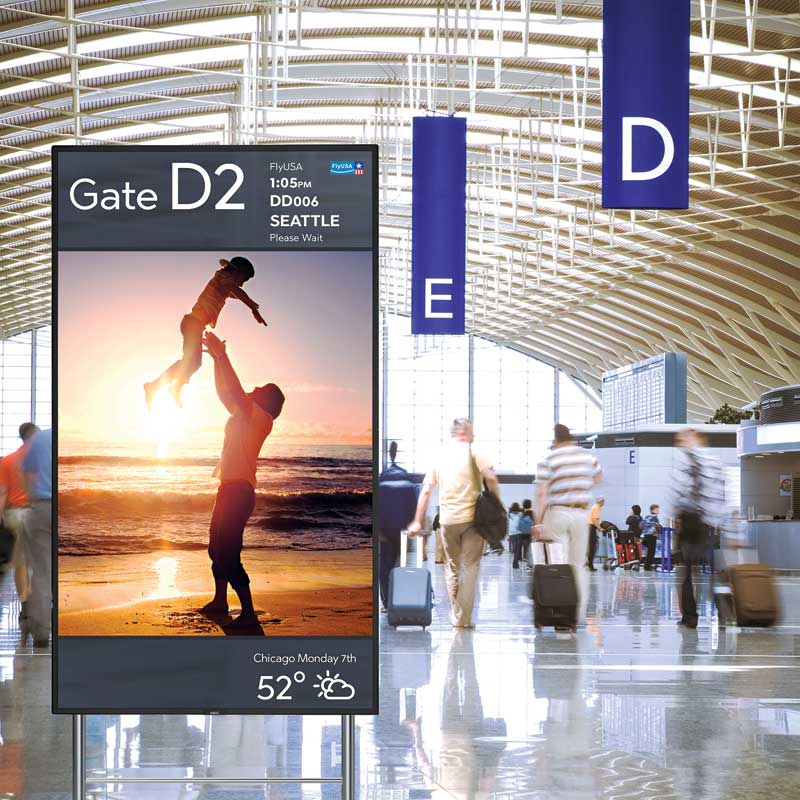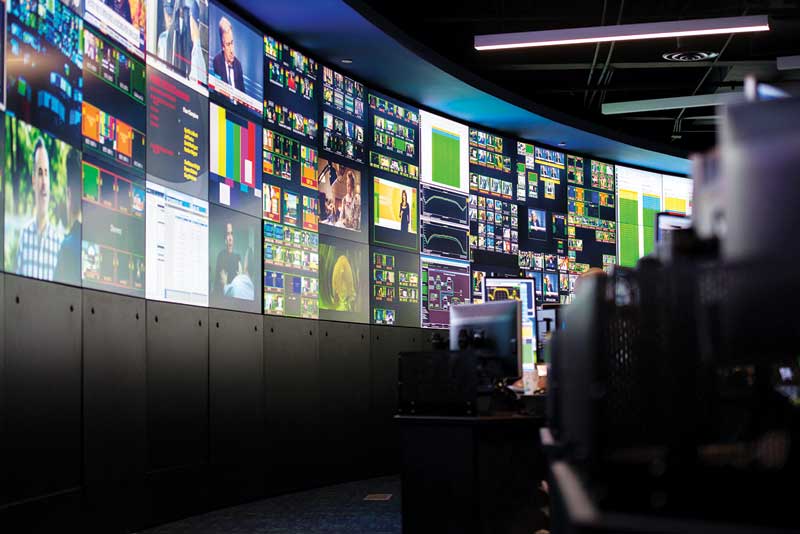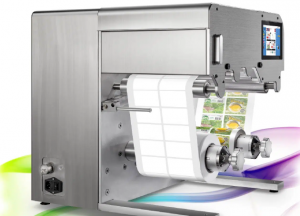Digital Signage: Accurately measuring ROI

Methods of measuring
After clients have been assisted in defining their objectives and goals, it is time to focus on identifying which milestones will accurately provide the insights they need. This is equally true for a new digital signage platform and for any extension of an existing network.
Indeed, investing in digital signage is an ongoing process. If signage professionals are going to provide valuable insight and recommendations, they need to understand what is being measured at each phase of a project.
There are different metrics that can indicate whether or not a digital signage rollout is meeting a client’s objectives, including number of impressions (how many people see the screen), conversions (how many of them actively respond to the on-screen content’s call to action, such as by buying a piece of clothing from the aforementioned retailer) and click-through rates for a touch screen.
There are also a variety of related technologies that can be used to capture valuable ROO and ROI metrics, such as radio frequency identification (RFID) tags and readers, facial detection systems, point-of-sale (POS) cross-referencing and beacons. All of these can help an organization better understand the types of engagement its digital signage is achieving.
For large enterprises, the use of analytics software, ‘big data’ machine learning and cloud computing can provide extensive depth and breadth of information for a complete ‘view’ of a digital signage network and its impact on its audience. For smaller, entry-level businesses, on the other hand, the measurements may be relatively simpler. If the client is a pizzeria owner, for example, the goal may be to increase the sales of higher-margin menu items by actively promoting them. The achievement of this aim can be verified by measuring the number of sales of those menu items after the campaignhas begun.

Analyzing the results
The final step to ensure the client is measuring a digital signage network’s ROI accurately is to compile the measurements and analyze them to see how the network performed in comparison with the key objectives. This analysis will reveal how well the deployment has aligned with the strategic plan, thus providing the ROI data the client needs.
In many cases, it is this analysis that becomes the deciding factor as to whether or not the digital signage network will continue to be used or further expanded. This is why it is a crucial phase, for which signage professionals must first help their clients set realistic expectations, based on the specific traits of their network.
Bringing it all together
Clients who can accurately measure the ROI of their digital signage network will be set up for success. They will be able to see what their network is accomplishing and then can build from that foundation by fine-tuning their content, relocating screens or otherwise experimenting with different approaches, so as to increase their ROI.
To get to this point, signage professionals must take their understanding of their client’s business and objectives and turn it into a valuable system that ensures future success.
Richard Ventura is vice-president (VP) of strategy for NEC Display Solutions and chair of the Digital Signage Federation’s (DSF’s) board of directors. This article is based on a seminar he presented in March at the 2018 Digital Signage Expo (DSE) in Las Vegas, Nev. For more information, contact him via e-mail at rventura@necdisplay.com or visit
www.digitalsignagefederation.org.






